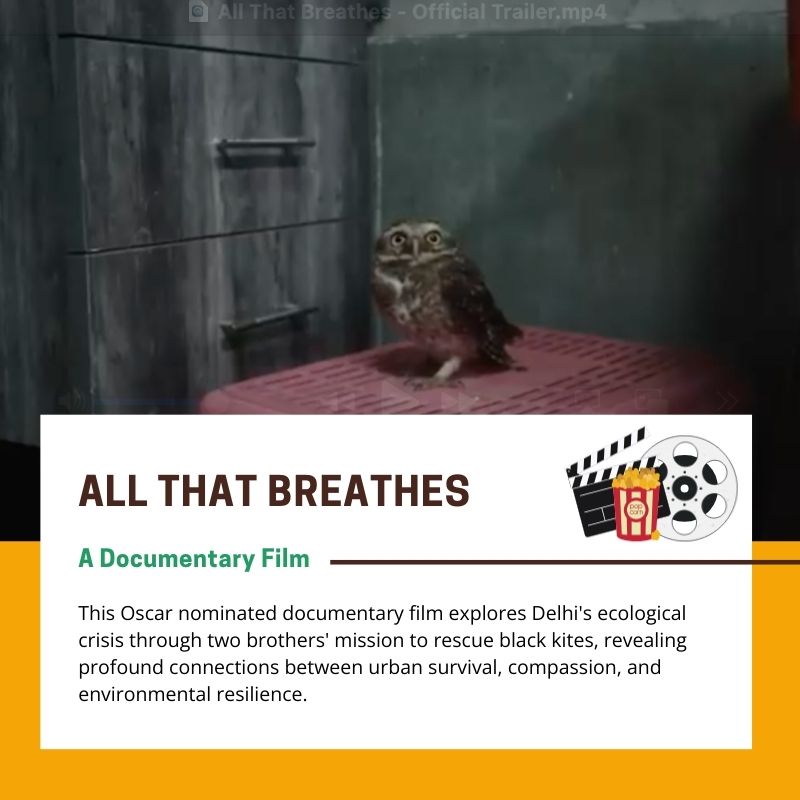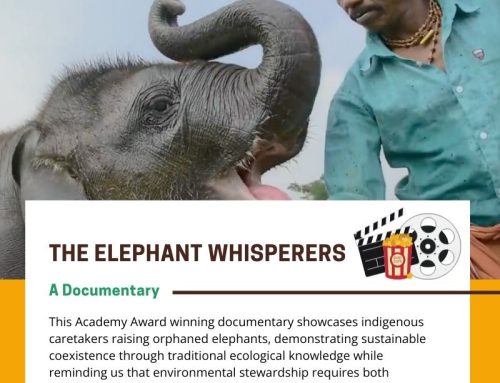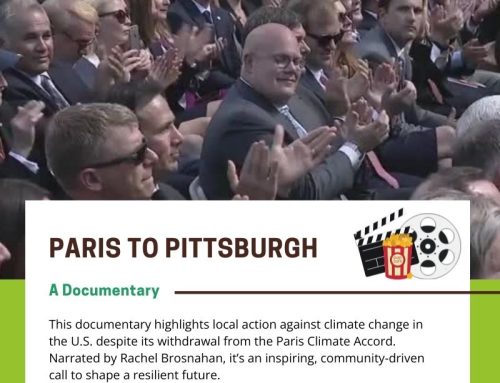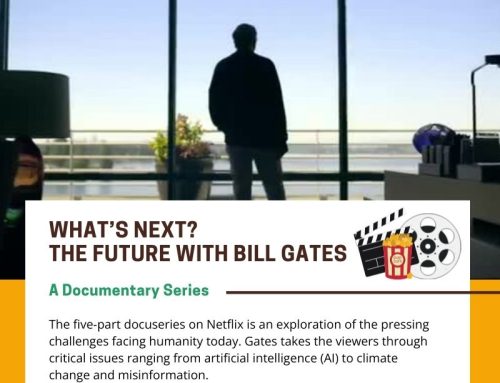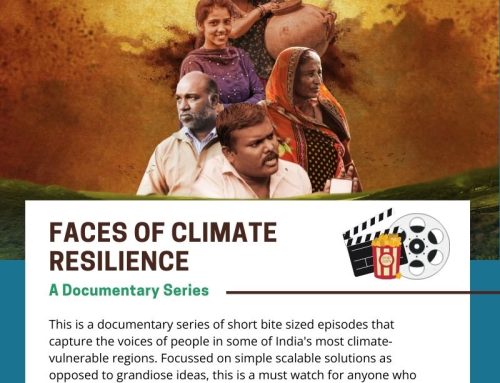In the heart of Delhi, where urban chaos meets environmental crisis, Shaunak Sen’s documentary film ‘All That Breathes’ becomes a meditation on survival, compassion, and the delicate interconnectedness of all living beings. This mesmerising film transcends traditional nature documentaries, weaving a deeply human narrative around two brothers’ extraordinary mission to rescue and rehabilitate injured black kites amidst the city’s ecological turmoil.
Mohammad Saud and Nadeem Shehzad are not conventional environmental heroes. Working from a cramped basement laboratory, they have dedicated their lives to treating injured birds—primarily black kites—in one of the world’s most polluted urban landscapes. Their work is both a scientific endeavour and a spiritual calling, challenging viewers to reconsider humanity’s relationship with the natural world.
Sen’s cinematography is nothing short of remarkable. The film captures Delhi’s environmental complexity with a poetic, almost painterly approach. Grainy footage of industrial smoke, floating birds, and urban decay creates a visual metaphor for the city’s ecological fragility. The camera lingers on minute details—a bird’s feather, a mechanical repair, a moment of tender care—transforming these seemingly mundane elements into profound statements about care and resilience.
Despite its artistic frames, this film film’s most compelling aspect is its nuanced exploration of environmental activism. Saud and Shehzad’s work goes beyond mere bird rescue; it represents a holistic understanding of ecological interdependence. Their basement clinic becomes a microcosm of larger environmental struggles, where individual compassion confronts systemic challenges. Climate change, urban pollution, and species survival are not abstract concepts, but lived experiences intimately connected to human action and empathy.
Technically, ‘All That Breathes’ is a masterclass in film filmmaking. Sen eschews traditional narrative structures, allowing moments to breathe and interconnect organically. The soundscape is equally crucial—ambient city noises, bird calls, and moments of profound silence create a rich auditory landscape that complements the visual narrative.
The film also subtly interrogates broader social dynamics. Set against the backdrop of increasing religious tensions in India, the brothers’ work becomes a powerful statement of universal compassion that transcends human-made boundaries. Their Muslim identity, coupled with their dedication to saving all living creatures, presents a nuanced counter-narrative to divisive rhetoric.
While the Oscar nominated film celebrates resilience, it doesn’t shy away from acknowledging environmental despair. The ongoing challenges faced by the brothers—limited resources, bureaucratic hurdles, and the seemingly insurmountable scale of urban ecological destruction—are portrayed with unflinching honesty. Yet, the film maintains a sense of hope, suggesting that meaningful change begins with individual commitment and deep empathy.
For audiences engaged with climate action, environmental sustainability, and urban ecological challenges, ‘All That Breathes’ is essential viewing. It transforms environmental discourse from abstract statistics to a deeply personal, emotionally resonant experience. The film reminds us that sustainability is not just about grand policies, but about everyday acts of care, compassion, and connection.
In a world increasingly defined by environmental uncertainty, Shaunak Sen’s film celebrates human potential—our capacity to observe, understand, and tenderly care for the intricate web of life that surrounds us – for All That Breathes.
You can stream the film on JioCinema.

